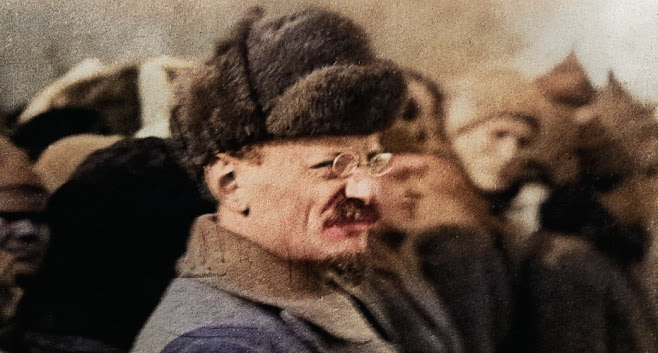| Key Concept |
Description |
Examples in Fascist Italy |
| Fascism as a Political Religion |
Fascism functioned as a secular religion, demanding total devotion. |
Rituals, propaganda, and mass mobilization replaced traditional faith. |
| Myth of National Rebirth |
Fascism promised to renew and strengthen the nation. |
Glorification of war, rejection of democracy, vision of a "New Italy". |
| The Cult of Mussolini |
Mussolini was depicted as a messianic figure leading the nation. |
Mass rallies, posters, slogans like "Mussolini is always right". |
| Fascist Rituals & Symbols |
Created a sacred atmosphere around the regime. |
Roman imagery, torchlit processions, oaths of loyalty. |
| Mobilization of the Masses |
Fascism demanded active participation and absolute loyalty. |
Fascist youth groups, paramilitary marches, workplace indoctrination. |
| Relationship with Catholicism |
Fascism coexisted with Catholicism but aimed to be the true spiritual authority. |
Lateran Treaty (1929), but emphasis on the fascist state as supreme. |


